The situation in Syria on Google Earth satellite images
Despite a series of successful military operations by government forces and the displacement of militants from several areas they seized, the situation in the Syrian Arab Republic continues to be difficult. In violation of numerous provisions of international law, military units of other states invaded Syria: Turkey and the United States, and territories bordering Israel are regularly exposed aviation and artillery strikes. Fierce clashes continue in the northern and eastern suburbs of Damascus. Syrian government aviation, supporting the offensive of the ground forces, inflicts missile and bomb strikes on the positions of militants in the areas of Zamalk, Jobar, Shifuniya and Ain Terma. As a result of the fighting, quarters turned into a continuous zone of destruction at the strategically important intersection dividing the Jobar and Zamalk districts.
Google Earth Satellite Image: Destruction in Northeast Damascus, around the intersection separating the Jobar and Zamalk
Government aircraft in the metropolitan area is valid from airfields Marge Ruhayil (Mi-8 / 17 and Mi-24), Al-Dumayr (fighter-bomber MiG-23 and Su-22) and Saigal (MIG-21, Mig-23 and MiG-29 ).
After the collapse of the USSR, the volume of military-technical cooperation with Russia fell by several times and the fleet of Syrian military aircraft was greatly outdated. Before the start of the confrontation with the “armed opposition” in the SAR Air Force there were 180 combat aircraft, mostly they were quite worn out: MiG-21bis, MiG-23МФ / MLD, MiG-25П and Su-22. Relatively modern, the 4-generation MiG-29 fighters could be considered, as of the 2012 year there were about 40 units. The helicopter fleet consisted of three dozen Aerospatiale SA 342L, 50 Mi-8 / Mi-17, 20 Mi-25. At present, combat missions are made by airplanes: MiG-21bis, MiG-23, Su-22 and combat training L-39, as well as helicopters: Mi-8 / Mi-17 and Mi-25. The Syrian air force is experiencing great difficulties with the repair and maintenance of combat aircraft in flight, which is affected by equipment wear and a lack of spare parts.
The Syrian air force suffered heavy losses during the civil war. The number of airplanes and helicopters in service was approximately halved. Much of the aircraft was destroyed during artillery and mortar shelling of air bases, a number of airfields were in the hands of the rebels. Thus, the Menag airbase in the north of the province of Aleppo was completely disabled, and several helicopters based there were burned down.
In Aleppo itself, the largest and once prosperous Syrian city, many areas were destroyed, and the infrastructure of life support suffered heavy losses. The economic capital of Syria is one of the most important administrative-political and industrial centers, and control over Aleppo gives significant advantages. Because of this, the fighting in Aleppo was protracted and fierce. Initially, the Islamists managed to take control of about 40% of the urban area, to gain a foothold in the industrial zone and residential areas in the north of the city. However, in 2015, the Syrian army and the militia carried out a series of successful operations, which became the basis for the future encirclement and assault of the city.
In February, 2016, with the support of aviation, Syrian government forces managed to cut the road along which the militants were supplied from the north by the Turkish border. Last summer, the Syrian army completed its encirclement and, supported by massive rocket-bombing strikes of the Russian Aerospace Forces, took control of the city in December. As a result of the fighting, which lasted four years, many districts of Aleppo became practically unsuitable for living, administrative, cultural and residential buildings suffered greatly from shelling, bombing and fires. Electric networks, water supply and sewage systems need to be restored. Since 2012, the city’s population has declined by more than 6.
Google Earth satellite image: an industrial building in northern Aleppo, destroyed during the fighting
An important role in the liberation of Aleppo from the militants was played by the military aviation of government forces, based on the Nejrab air base in the eastern part of the city. The MiG-23 and L-39 aircraft that are available here and the Mi-8 helicopters provided aviation support during the battles with the Islamists.
The militants repeatedly tried to destroy the aircraft based on the base, firing from urban areas adjacent to the runway and the shops of industrial enterprises. At the same time, as a result of a direct hit by an ATGM "Tou", several L-39 training and combat aircraft and Mi-8 helicopters were burned and damaged. And artillery and mortar fire managed to destroy the hangars in the western part of the airbase.
As a result of the return fire of government troops, the buildings where the militants equipped firing points were completely destroyed. And the aircraft destroyed and set fire to the shop of an industrial enterprise, where the terrorists entrenched, to the north-west of the airbase.
Satellite image of Google Earth: burning departments of an industrial enterprise north-west of the Nejrab air base
At the beginning of 2013, the rebels attacked the territory of the military base north of Nejrab, it is not known whether it was possible to remove the equipment and weapons stored there, but satellite images show that the base’s structures were badly damaged and abandoned.
During the confrontation between government forces and the armed opposition, the city of Homs passed from hand to hand several times. As a result of the use of artillery, tanks and aviation, a significant part of the city blocks turned into ruins.
The Al Gusayr air base not far from Homs, where MiG-25P interceptors were previously based, was captured by the rebels, after which it needs to be restored.
In the hands of government forces remained Hama airfield in 50 km south of Homs. From here make combat missions MiG-21, MiG-23, L-39 and helicopters.
In the recent past, aircraft of the United States, Turkey and Israel repeatedly struck Syrian territory. On the night of 7 on April 2017, two destroyers of the US Navy launched cruise missiles "Tomahawk" from Shairat air base in Homs province from the Mediterranean. The leadership of the United States motivated this move by the need to punish the Syrian military for the use of chemical weapons in the city of Khan Sheikhun. Ostensibly, it was from this airbase that the planes took off, dropping bombs with sarin. At the same time, no evidence that the troops of Bashar al-Assad were really guilty of the chemical attack was provided.
According to the Russian Ministry of Defense, as a result of the missile attack, 6 Syrian combat aircraft were destroyed, a radar that controlled the airspace in the area of the airfield, a warehouse of technical equipment and office buildings. The very next day after the rocket attack, the air base resumed its work and the combat aircraft again flew on missions. Before the missile attack, about a half dozen Su-22 fighter-bombers and Mi-8 and Mi-25 helicopter squadrons were stationed at Shairat airbase. Unfortunately, the freshest available satellite images date back to March 2016 of the year, and it is not possible to estimate the actual damage to the facilities of the air base now.
In connection with the regular air strikes carried out by foreign air forces and the attack of cruise missiles at Shairat airbase, I would like to dwell in more detail on the state of air defense of the Syrian Arab Republic. Before 2012, Syria had an air defense system built on Soviet patterns. She relied on a network of survey radars with a solid radar field over the entire territory of the country. The tasks of hitting air targets and protecting strategically important objects were assigned to fighter aviation and anti-aircraft missile forces. The interceptors MiG-23МФ / МЛД and MiG-25П equipped with automated guidance equipment and the C-125М / М1М / МNNXX, С-2М / М75 and С-3ВЭ air defense systems were intended to fight the air enemy.
According to the Military Balance, the air defense forces of the SAR in 2012 had two separate regiments and 25 air defense missile brigades. Protection against the air enemy of the Syrian ground forces was provided by numerous mobile air defense systems, ZSU, as well as towed anti-aircraft guns. The 11 anti-aircraft missile brigades of the Land Forces in 2012 were armed with the Kvadrat and Buk-МХNUMXЕ air defense missiles. Three more brigades were equipped with the Osa-AKM short-range air defense missile system and the Pantsir-C2 air defense missile system. For the Syrian army was characterized by high saturation units from the company and above MANPADS. This made enemy aircraft flying at low altitudes a very risky occupation and increased the combat stability of the troops.
Google Earth satellite image: C-75М position in the vicinity of Damascus International Airport
Until the end of the 80-ies, the Syrian air defense forces received more than fifty C-75M and C-75М3 SAMs and almost 2000 B-755 / B-759 missiles. Before the start of the civil war, the X-NUMX of the C-30M / M75 anti-aircraft missile battalions were on combat duty. Before 3, eight long-range air defense systems C-1988VE and 200 ZUR V-144E were delivered to the SAR. All Syrian C-880BEs were in a technically sound condition and were on alert until 200.
The operation of C-75М / М3 and С-200ВЭ liquid rockets fueled with toxic fuel and a caustic oxidizer did not add popularity to these complexes among the calculations. When the USSR was in service, the Syrian air defense forces received the 47 low-altitude air defense missile systems C-125М / С-125М1А and 1820 solid-propelled missiles B-601PD. Sufficiently high combat and service and operational characteristics of “one hundred and twenty” contributed to the high demand for the complex. In the 21 century, part of the C-125М1 with the largest residual resource was upgraded to the level of the C-125-2М Pechora-2М. Together with the hardware of the complex, the anti-aircraft missiles were revised and extended. According to expert estimates, the effectiveness of the complex after modernization has doubled.
The upgraded Pechora-2М air defense missile system with elements transferred to a mobile chassis is located in the province of Latakia and near Damascus. According to American data, in March 2015, the C-125 SAM system in Syrian airspace was hit by a MQ-1 UAV.
One of the newest models in the air defense units of Syria is the Pantsir-C1E air defense missile system. The contract for the supply of "Pantsiray" was concluded in 2006 year. In service with the Syrian army complex entered the 2008 year. Total Syria in the period from 2008 to 2011. 36 ZRPK and 700 9М311 missiles were transferred.
In general, the SAR defense system has a distinct focal character. About a quarter of Syrian air defense systems were captured or destroyed by the rebels. Fortunately, among the Islamists there were no competent specialists capable of using anti-aircraft systems for their intended purpose. The greatest losses were suffered by S-75М / М3 and non-upgraded С-125М / М1. Those complexes that escaped destruction were for the most part taken out of combat areas and stored at airfields and military bases controlled by government forces. At present, in Syria, no more than 30% of air defense systems that were on combat duty in 2012 are combat-capable. With rare exceptions, the age of most Syrian air defense systems has exceeded thirty years. Most of the equipment and weapons are outdated and physically worn out. Syrian air defense forces are currently unable to control their own airspace. In addition to the loss of a significant part of the air defense system, during the civil war, radio engineering troops suffered a great deal, which are, in fact, the "eyes" of the SAM and fighter-interceptors. Before the civil war in Syria to cover the air situation and target designation SAM and fighter aircraft were about fifty circular scan radar and altimeters: L-18, P-19, P-37, 5N84A ( "Defense-14"), PRV-13 and PRV-16. By the end of 2015, no more than 20% of radar posts remained in the ranks. The equipment of radio engineering units, which was evacuated from the combat zone, as well as the air defense system, was sent to safe places.
Currently, the central control center of the air defense system of the SAR is located in the vicinity of the Saygal air base near Damascus. The Syrian military leadership is making significant efforts to maintain control over the airspace of the country and to maintain the combat capability of the air defense forces. In a state torn apart by internal conflict, it was quite predictable that the centralized control system was destroyed, many regional command posts and communications centers were lost, and radio relay and cable lines were damaged. These gaps are actively used by the air forces of unfriendly states. In addition to the loss of the warning system, the Syrian obsolete air defense systems are highly vulnerable to electronic jamming systems. In addition, long-range C-200BE, still covering about 50% of the country, are not able to deal with low-altitude targets. Syrian air borders in the north-west of the country are especially vulnerable, which is actively used by the Israeli air force. In recent years, several Israeli air attacks have been recorded. In the course of strikes on objects located in the suburbs of Damascus, Israeli Air Force fighter-bombers used the Popey Air Force.
With the ongoing civil war in Syria, Russia is a big help. Delivery of military and civilian cargoes goes by sea through the ports of Laktakia and Tartus.
The Syrian Navy's warships are also based here: 2 patrol vessels of Project 159AE and 3 medium landing ships of Project 771, as well as one and a half dozen missile boats of Project 205. For some time now ships in Tartus, which have the status of a naval base, have been on a permanent basis Russian fleet, which guarantees that cruise missiles will not be hit on the territory of the port or an air raid will be carried out.
Satellite image of Google Earth: the frigate of the 11356 Ave. “Admiral Grigorovich” at the berth of the naval base Tartus
Until August 2015, Russia abstained from direct participation in hostilities in Syria. 26 August 2015 between the Russian Federation and the Syrian Arab Republic, an agreement was concluded on the deployment of an aviation group of the Armed Forces of the Russian Federation on Syrian territory. According to the provision of the treaty, at the disposal of Russia indefinitely on the gratuitous basis indulged in Khmeymim airfield. All equipment weapons, ammunition, equipment and materials imported into the territory of Syria without fees, duties and any inspection. The personnel of the air group received diplomatic status.
The Khmeynim airbase was not chosen by place to deploy Russian forces. This region of Syria was not affected by the civil war. In addition, the Latakia and Baniyas ports are located in the immediate vicinity of the airbase, which facilitated the delivery of oversized cargo. Prior to the deployment of the Russian grouping, the ports and the airfield were covered with C-200ВE, С-75М3, С-125М1 and С-125-2М air defense missile systems. Low-altitude systems С-125М1 and С-125-2М are located along the Mediterranean coast, and medium-range C-75М3 and long-range С-200ВЭ in the depth of the territory at a distance 15-40 km from the coast. In addition to the cover in the form of stationary complexes, in the vicinity of the port of Latakia Syrian mobile air defense systems of the medium-range “Buk-M2E” are additionally deployed. The air situation in the area is monitored by the meter radar P-18 and 5H84A.
Protection of the coastal sea in the aisles of the Syrian territorial waters is assigned to the detachment of missile boats of the 205 Ave. and coastal anti-ship complexes Redut and Bastion.
For the direct protection of the Khmeimim airbase, C-400, C-300В4 and Pantsir air defense missiles were deployed to Syria. Russian long-range anti-aircraft missile systems C-400, deployed on the territory of the airbase, are able to fight aerodynamic targets at a distance of up to 250 km. In addition to anti-aircraft systems, various radio equipment, EW systems and communications operate on the territory of the Russian air base. To counter possible artillery and mortar attacks, the Russian military has 152-mm towed howitzer 2A65 Msta-B and two counter-battery Zoo radar, as well as tanks and armored personnel carriers.
Official data on the qualitative and numerical composition of the Russian contingent in Syria, were not published. According to Western sources, more than 50 airplanes and helicopters were included in the aviation structure of the Russian Aerospace Force.
On the basis of commercial satellite images were identified 12 the Su-Su and 24M-25SM, 10 the Su-34, 4 Su-30SM and fifteen-28 Mi, Mi and Mi-35-8. In the second half of November, it was announced that Su-12 and Su-34М and 24 long-range aircraft were involved in additional 25 operation in Syria.
Satellite image of Google Earth: Su-24M and Su-34 front-line bombers, Su-30CM fighters and Mi-8 helicopters parked at Hmeimim airbase
In addition to combat aircraft and helicopters on satellite images of Khmeimim airbase, one can observe military transport Il-76, An-72, An-26, passenger Il-18 and Tu-154. At the parking of the airbase, the airplane of radio-electronic and radar reconnaissance of ground targets IL-20М, which is quite rare for the Russian Aerospace Force of the Russian Federation, is clearly visible.
Another aircraft exotic located on the Hmeimim airbase was the deck fighters Su-33 279 of the separate naval fighter regiment of the naval aviation of the Northern Fleet. Aircraft from the composition of the air group TAKR "Admiral Kuznetsov" were used during the operation of the Russian Aerospace Force in Syria. Su-33 attacked the positions of Islamists in the province of Idlib and Homs. Apparently, for work on ground targets, modernized machines were used, equipped with the equipment of the high-precision bombing system SVP-24. Basing Su-33 airplanes at a land aerodrome is associated with the fighter's weight restriction when taking off from the deck of an aircraft-carrying cruiser. As is known, there is no catapult on the Admiral Kuznetsov TAKR, which seriously limits the combat capabilities of deck-based aircraft. Deck Su-33 was allocated a separate parking in the north-eastern part of the airfield.
After the Russian Su-2015M was shot down by the Turkish F-16 fighter at the end of November 24 in the Syrian-Turkish border area, four Su-35C fighters were additionally transferred to Hamim.
Since the start of the military operation of the Russian Aerospace Force of the Russian Federation in Syria, as of April 2017, more than 23000 sorties have been flown. This, as well as the weapons, equipment and ammunition supplied by Russia, allowed the Syrian government army to reverse the situation in its favor and free a number of territories they had seized from the militants.
Based on:
http://iz.ru/node/614927
https://www.kommersant.ru/doc/2836487
http://www.interfax.ru/russia/480611
http://www.interfax.ru/russia/507629
https://rg.ru/2016/11/08/nad-siriej-zamecheny-istrebiteli-s-admirala-kuznecova.html
https://rg.ru/2016/03/23/aleksandr-dvornikov-dejstviia-rf-v-korne-perelomili-situaciiu-v-sirii.html
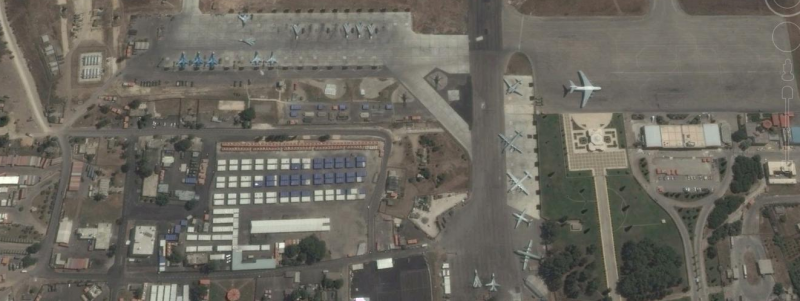
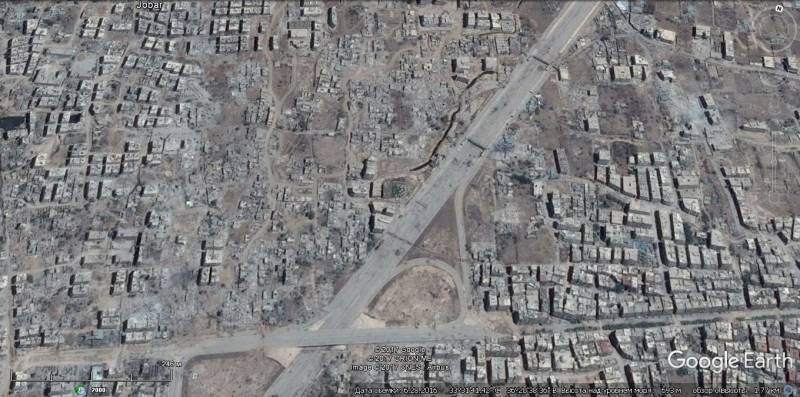
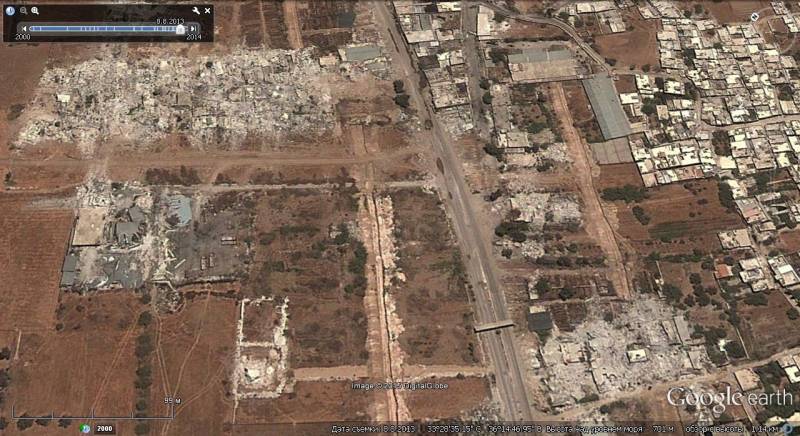
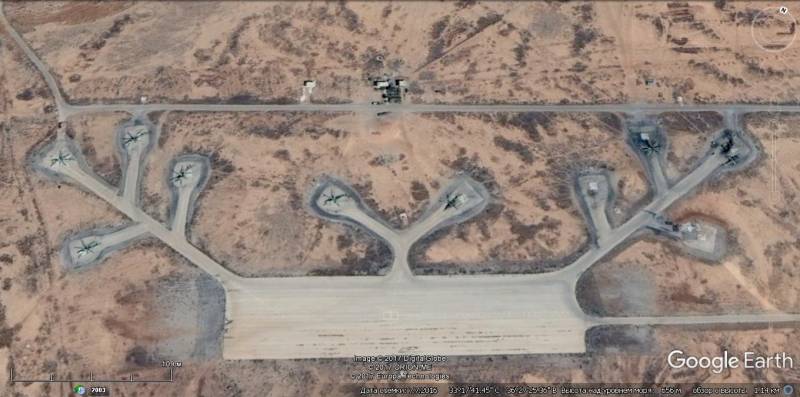
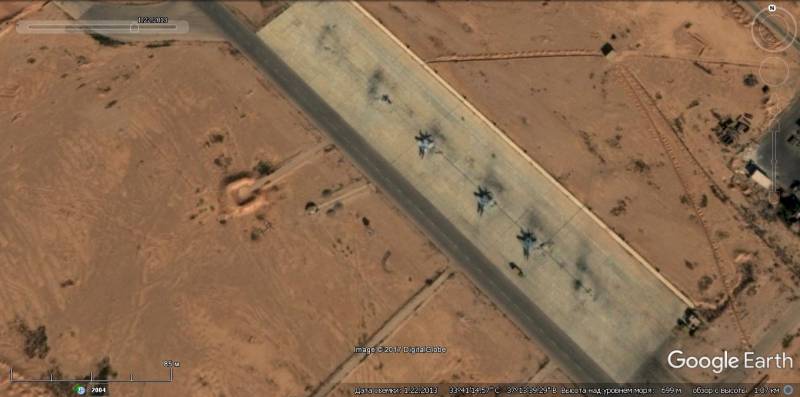
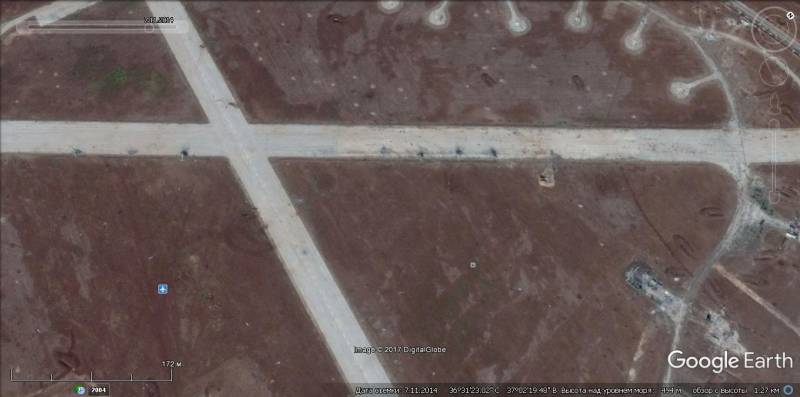
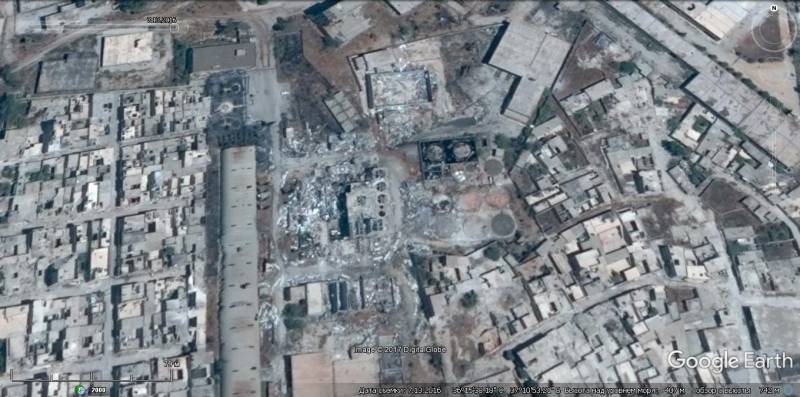
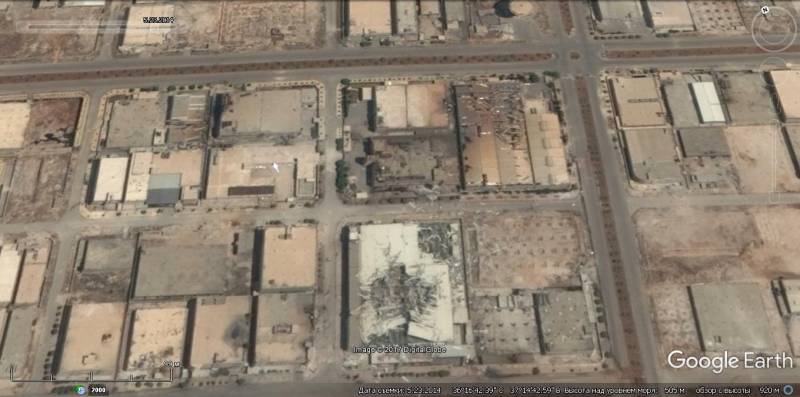

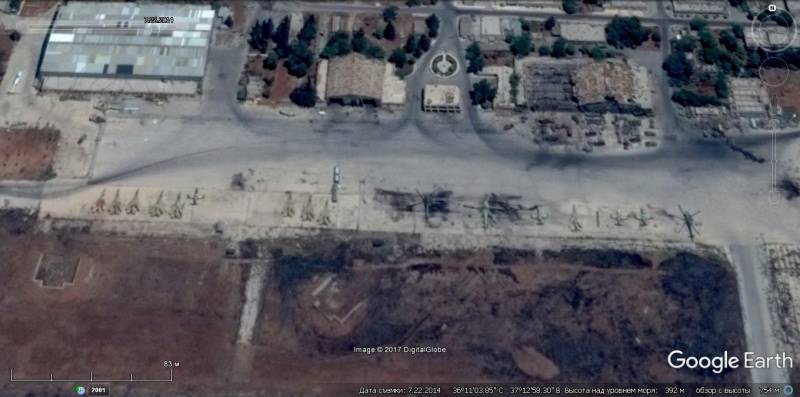
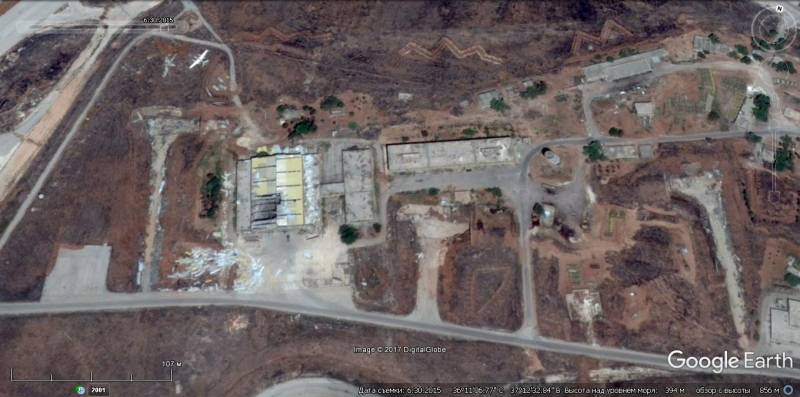
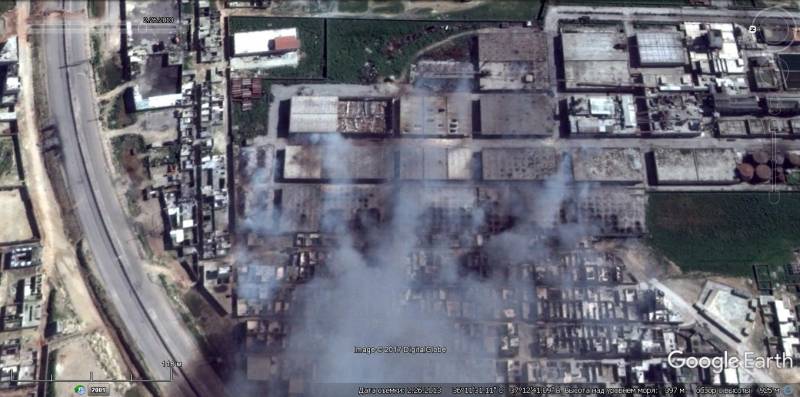
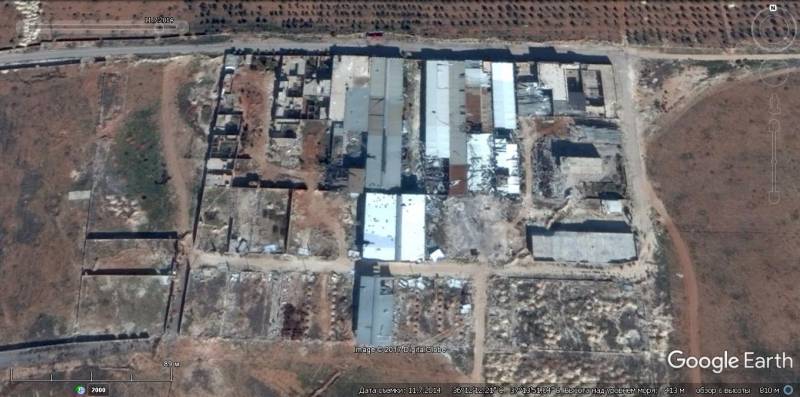
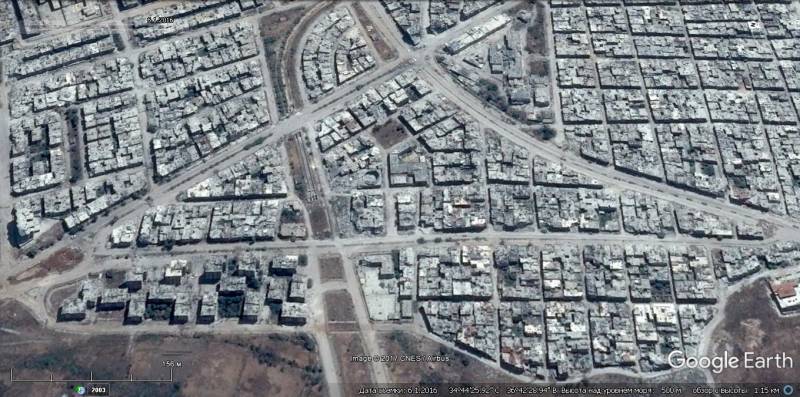
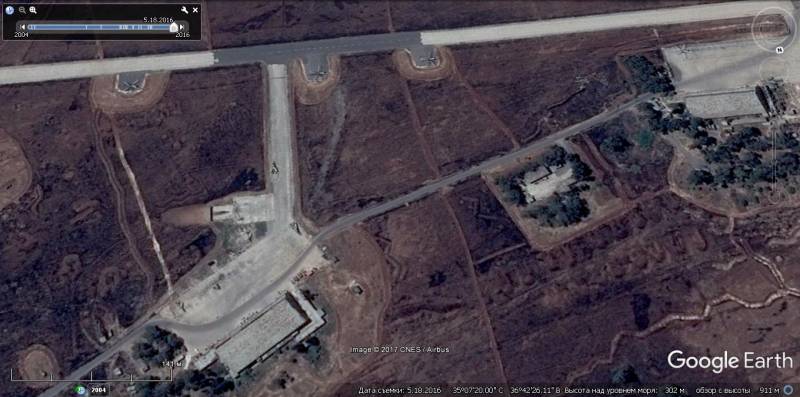
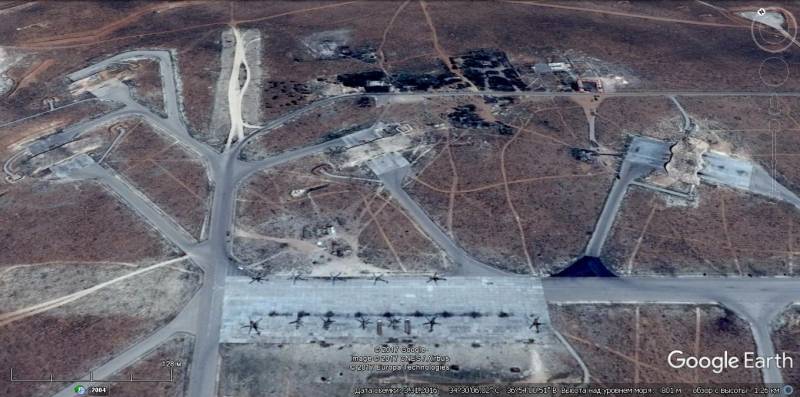
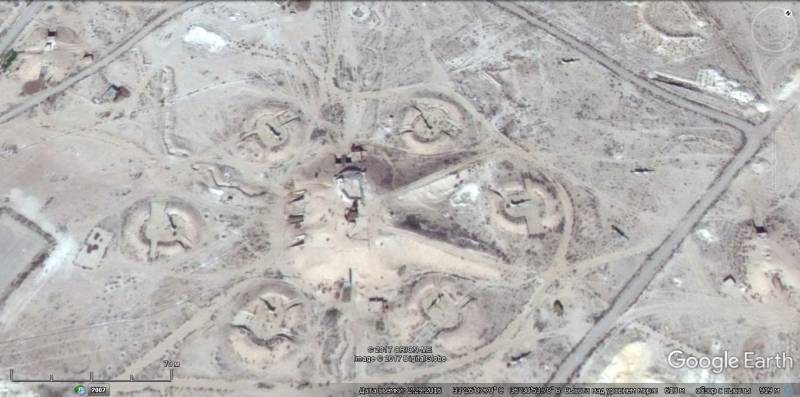
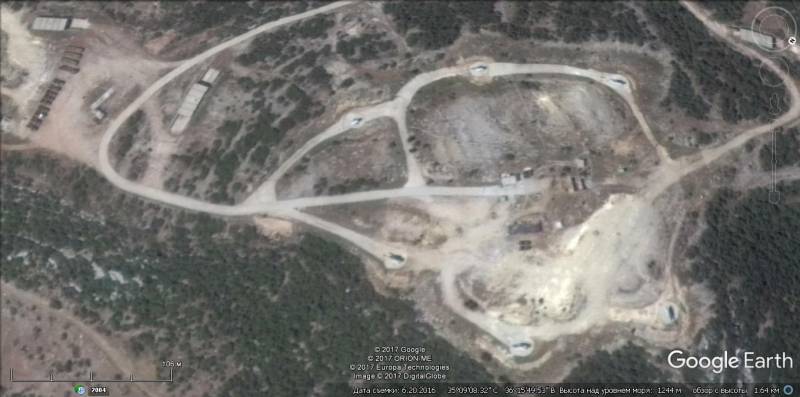
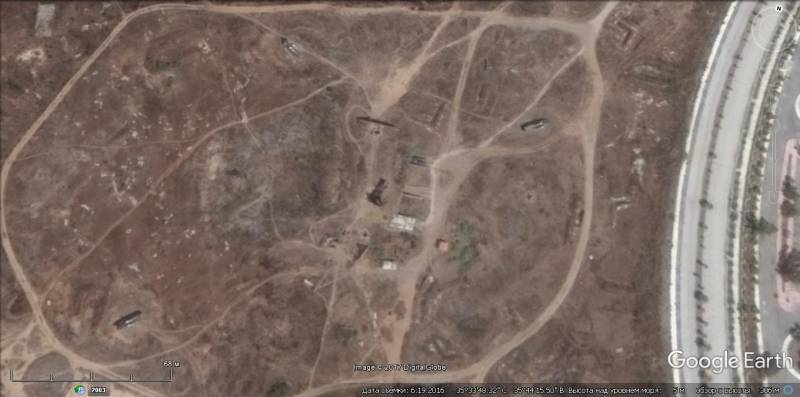
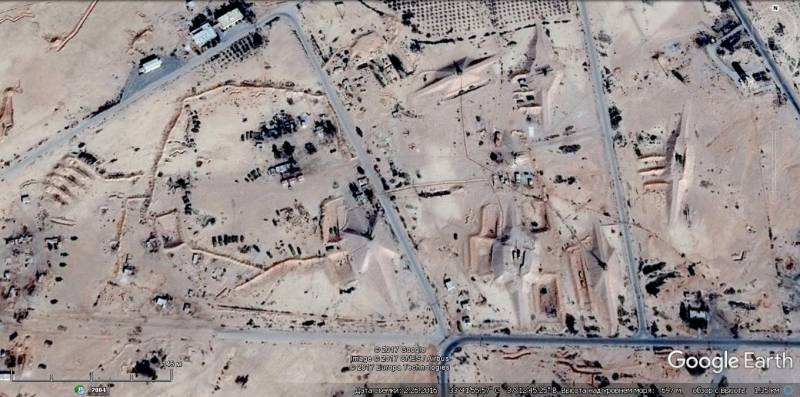
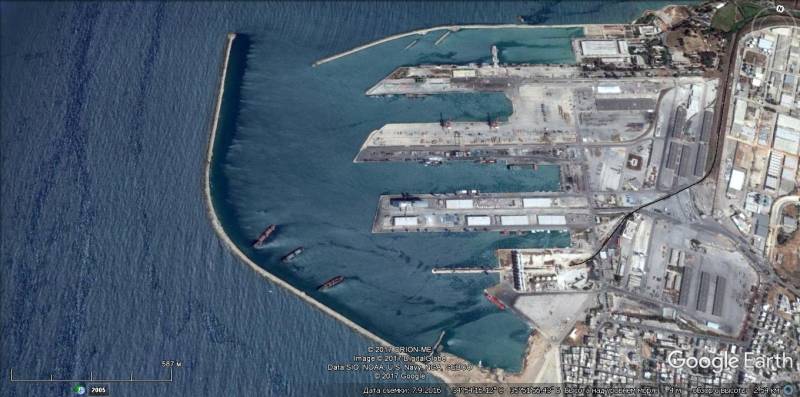
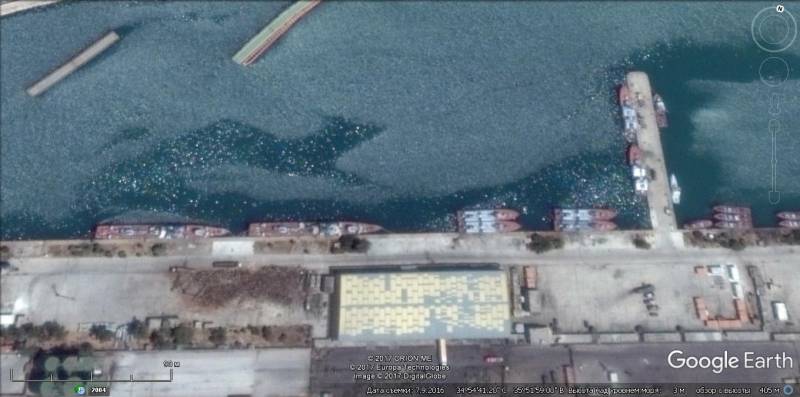
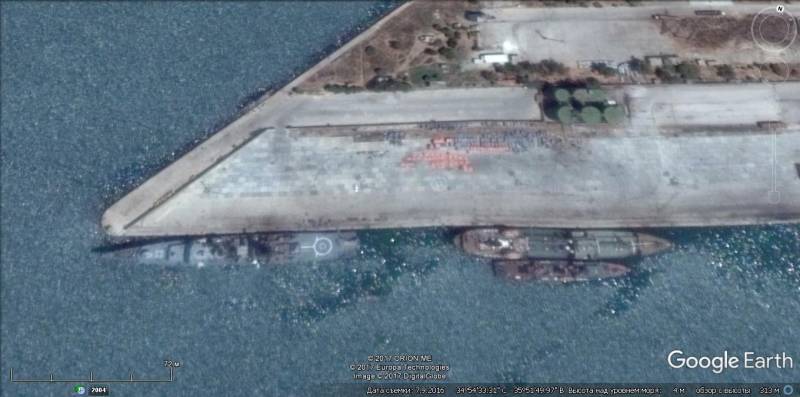
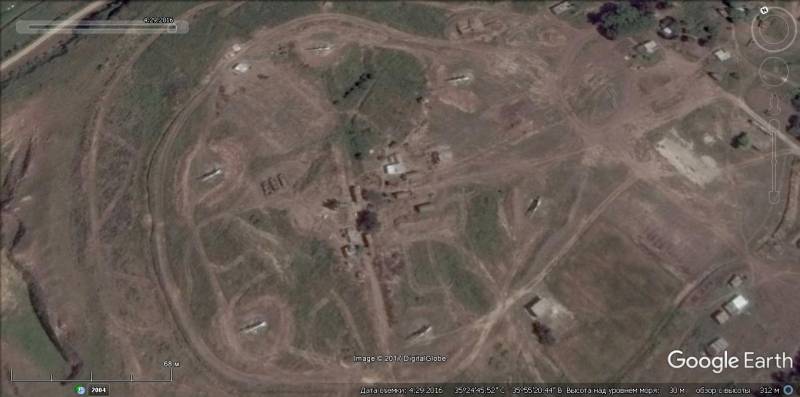
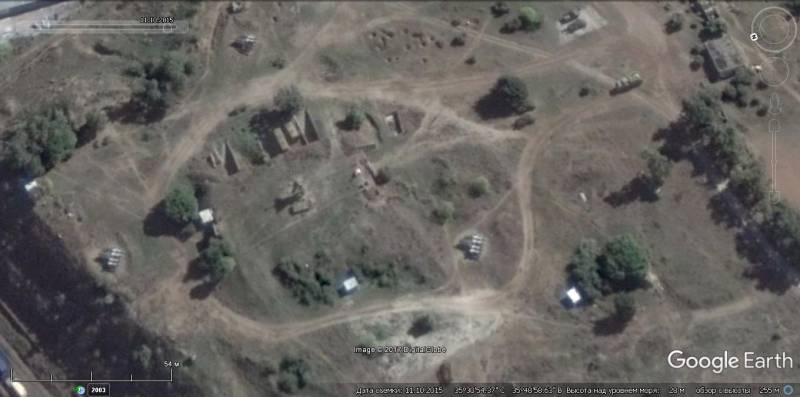
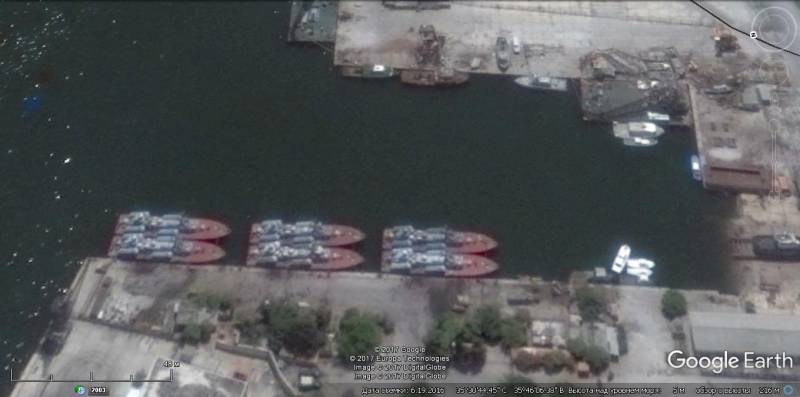
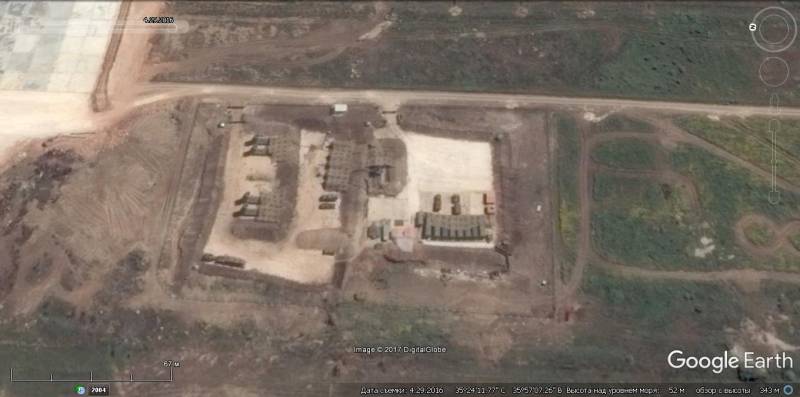
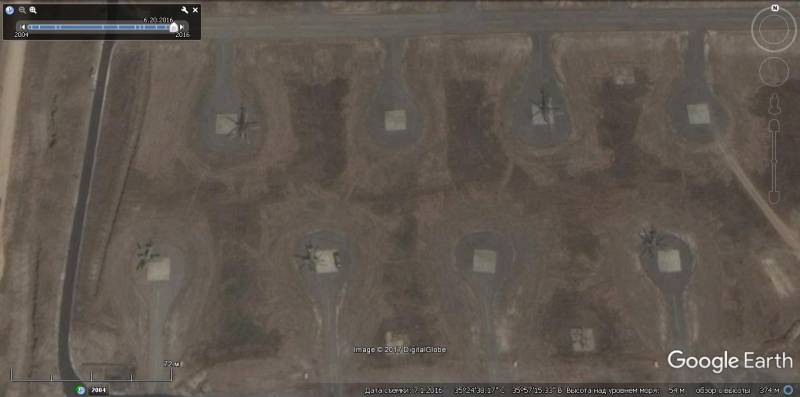
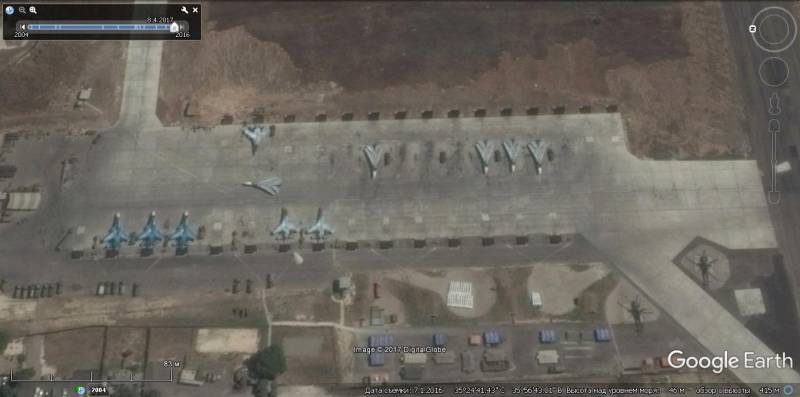
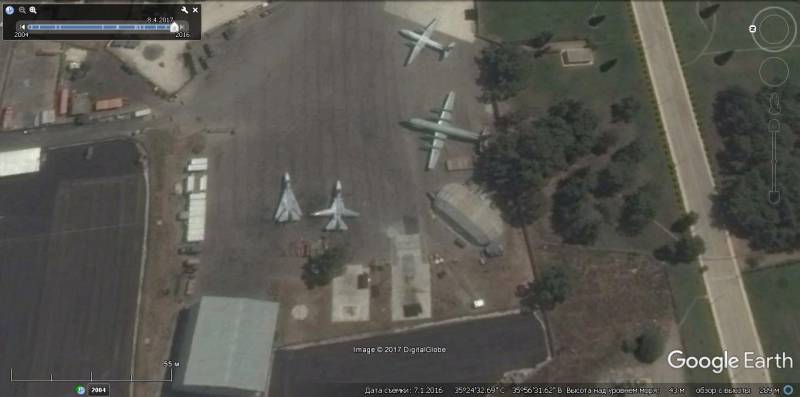
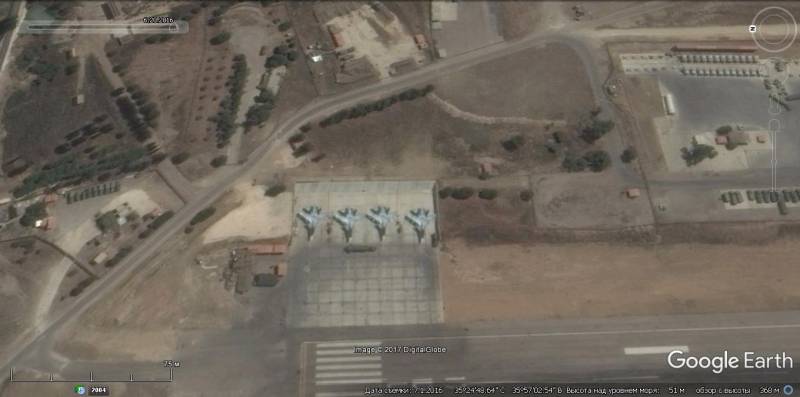
Information